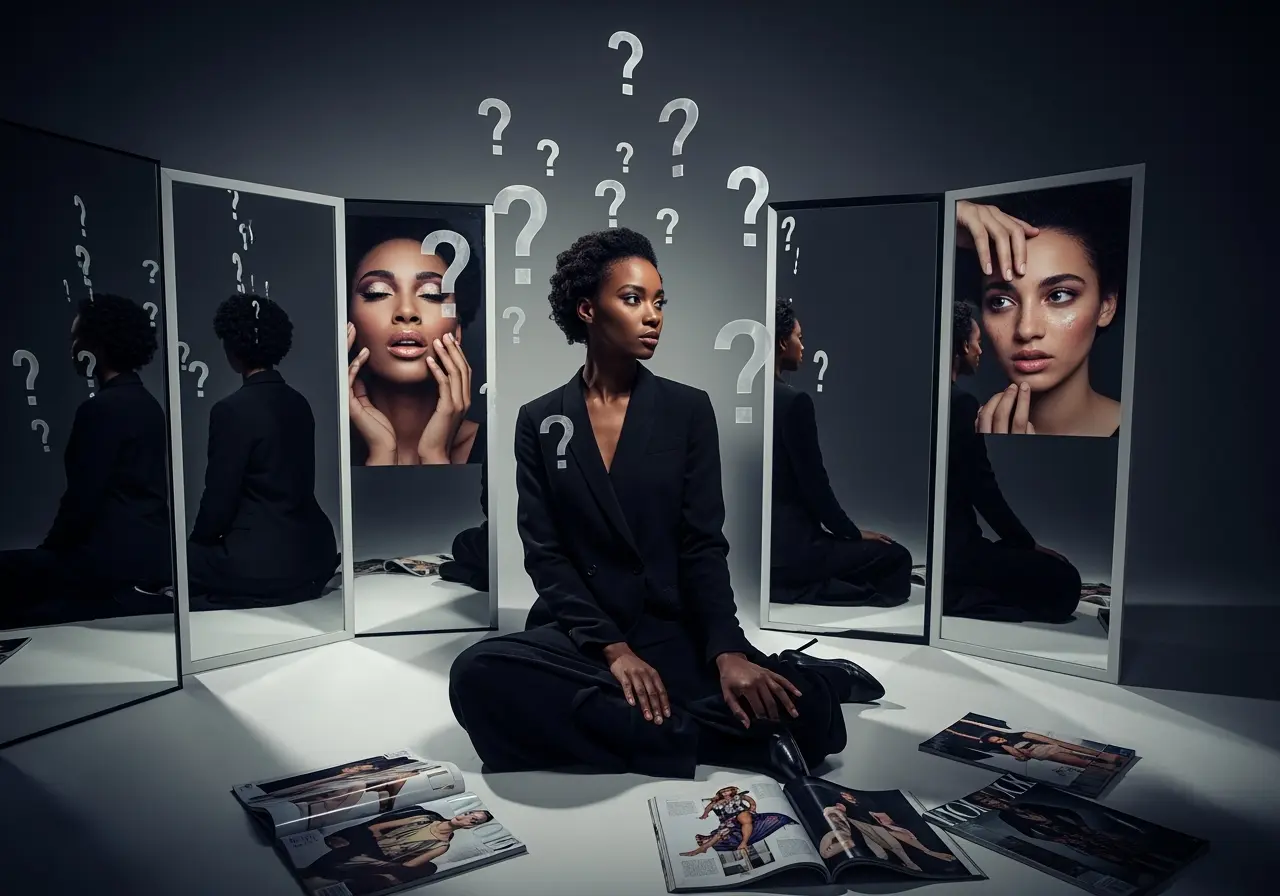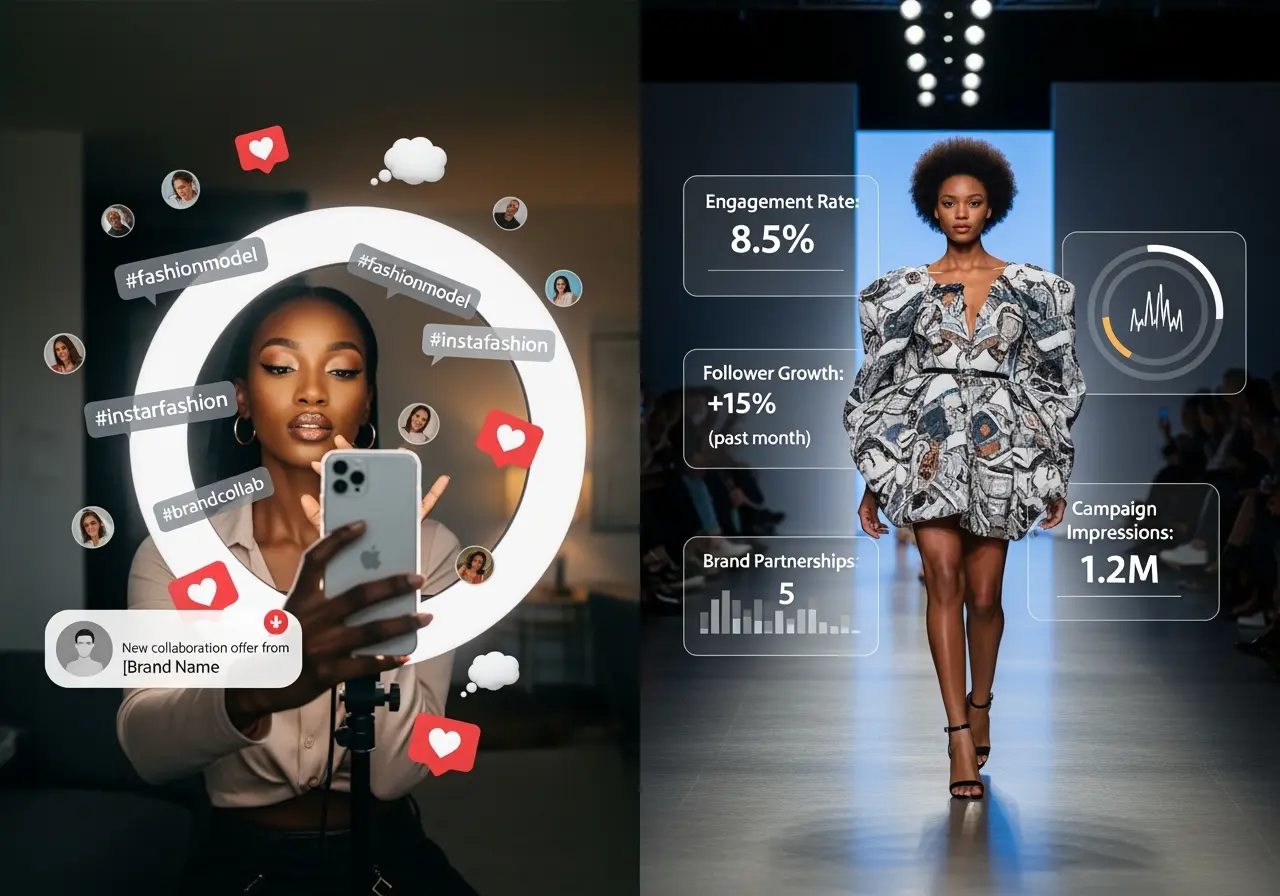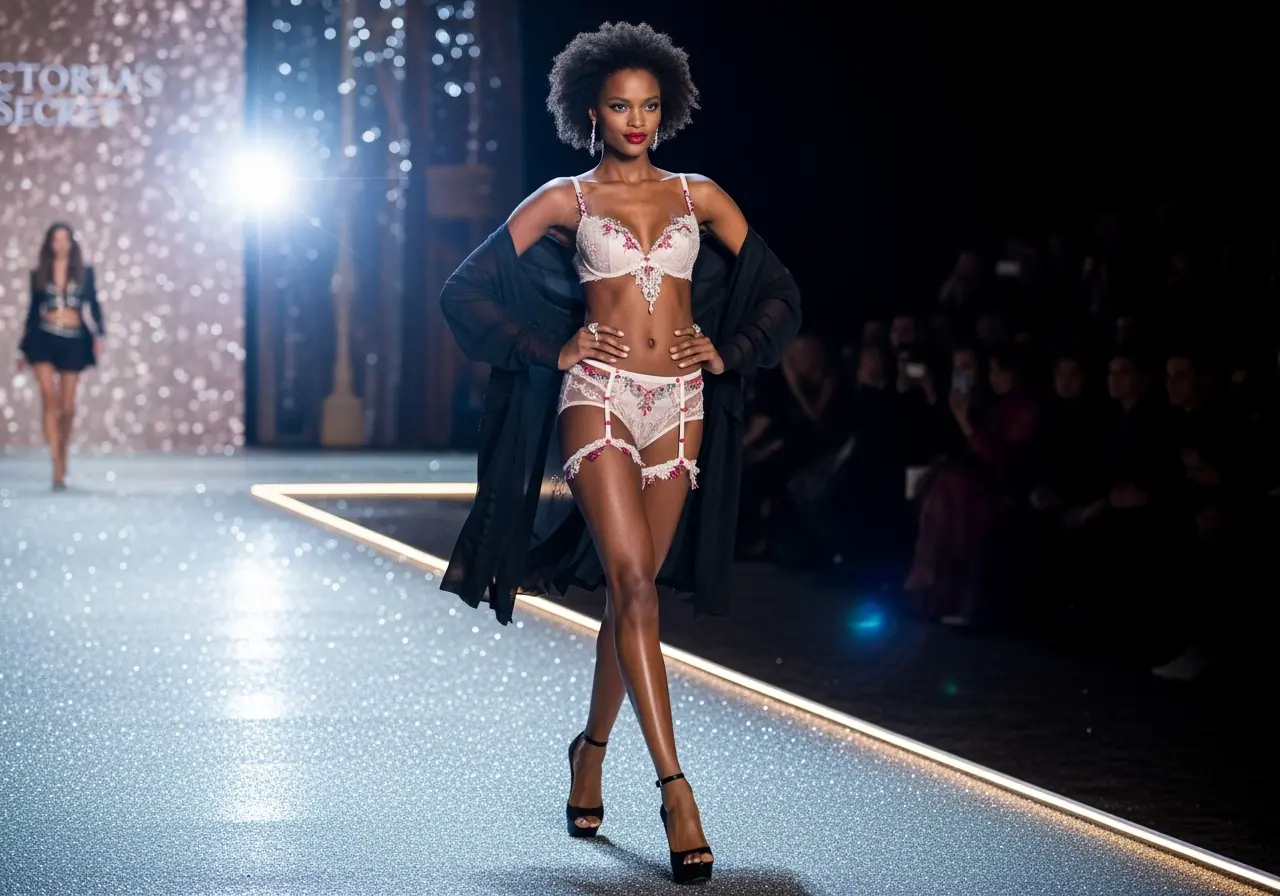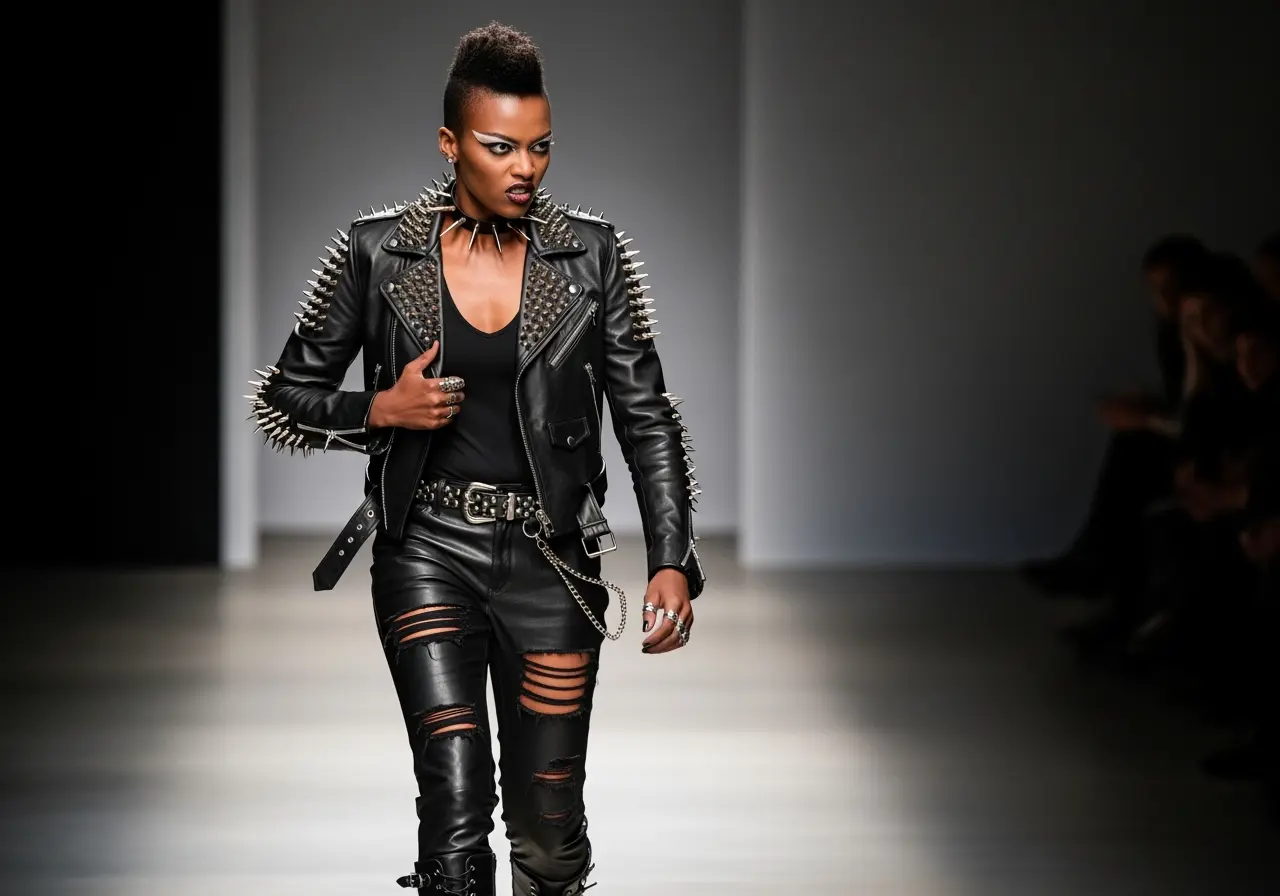It’s a simple question, but one that often sparks unhelpful debates. Too often, the conversation is framed as a battle between “real” models and “Instagram” models, as if the two were fundamentally opposed. But we’re smarter than that, aren’t we?
As time passes, the rules of the game evolve. While the core of any craft remains rooted in discipline and technique, change should not be resisted. It should be examined, understood, and even celebrated.

Let’s start with something deceptively basic: a definition. You’d be surprised how hard it is to find one definition of a model that fully captures the range and complexity of the field. So instead, let’s define a model based on what is required of each type.
There are editorial models, whose work centres on translating emotion, mood, and narrative into still images. They act and pose in ways that allow photographers to capture not just clothing but story. If this is you, you need strong acting skills, body awareness, and the ability to take direction with precision and flexibility.
Then there are runway models, who walk for designers during fashion shows. But walking isn’t just walking. A runway model must embody the tone of a collection, reflect the identity of a brand, and still bring their own essence to the performance.
Did you know there are different types of runway walks?
- The catwalk: composed, agile, and narrow in step.
- The panther walks: a sped-up catwalk that focuses on foot placement and lower body movement along a straight line. It is all in the knees and the tiptoes.
- The horse walk: characterized by long strides, confident hip movements, and overwhelming presence.
- The strut: borrows the bold stride of the horse walk while embracing the grace and precision of the catwalk.
- The angled walk: a variant of the strut that incorporates intentional arm movements, creating synergy between the upper and lower body.
Each of these has its own technical demand. You’re not just walking; you’re performing.
There are also parts models, who specialize in showcasing specific body parts such as hands, feet, or lips for advertising and product photography. Then there are promotional models, hired to represent brands and engage with consumers in real-time experiences. And that’s just scratching the surface. Commercial, fitness, plus-size, fit models, the list goes on.
But here’s what’s striking: each of these paths has a clearly defined skill set. How to act. How to move. How to pose. How to hold emotion in stillness. How to walk with purpose. What’s required is far more technical than it may appear from the outside. It demands effort, discipline, and consistent practice.

So the real question is not:
Are Instagram models real models?
That question is empty. It serves no one. It’s rage bait. Clickbait. An outdated dichotomy.
A better question is this:
Can you be a successful model today without managing your presence on platforms like Instagram or TikTok?
And conversely, can you be successful online, build a following, edit your photos, intentionally elevate your aesthetics, without having the technical skills and fitting the requirements that each modeling category demands?
Let’s revisit the runway model. To succeed there, you need more than looks. You need rhythm, timing, poise. You must know when to hold a pose and when to release it. You have to walk in a way that honors both your own energy and the designer’s vision. That kind of performance is a skill. It is honed through repetition until it becomes second nature.
You can’t filter that kind of mastery through an app.

But here’s the catch. Social media is a part of today’s fashion ecosystem. These platforms have extended the reach of models, redefined service delivery, and opened up new avenues for brand engagement. They are legitimate pathways to success.
But they are not replacements for the craft.
In fact, they demand additional skills. The skills in digital storytelling, aesthetic creation, community engagement, and online portfolio management. Your Instagram is only part of your portfolio. That might sound controversial, but it’s the truth. Your social media should act as a trailer, not the full film.
When an agent visits your page, it should give them a feel for your professionalism, your range, your energy and engagement capabilities. But the portfolio, your body of work,is what will make them willing to invest in you.
Your portfolio is what shows your marketability.
Your Instagram and TikTok are what hint at your personality.
Both matter. But they are not interchangeable.



